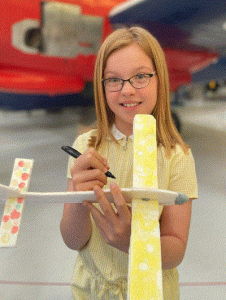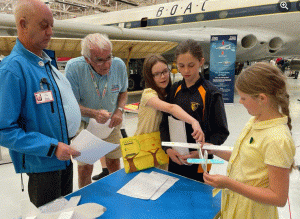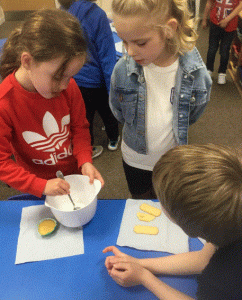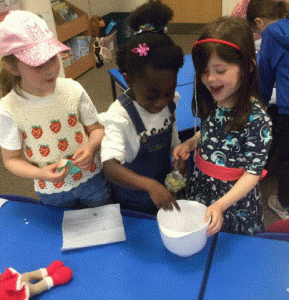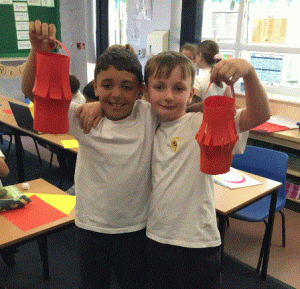In Art & Design, we intend for our children to:
- produce creative work, exploring their ideas and recording their experiences
- become proficient in drawing, painting, sculpture and other art, craft and design
techniques - evaluate and analyse creative works using the language of art, craft and design
- know about great artists, craft makers and designers, and understand the historical and cultural development of their art forms.
To implement this, St. Christopher’s has selected Kapow Primary as its curriculum provider for both Art & Design and Design Technology.

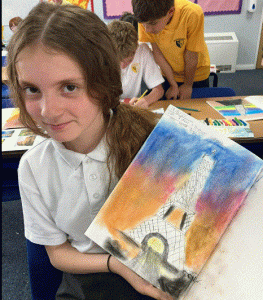
There are the three units of art and of DT per year group that have been selected to give the best overall skills coverage.
St. Christopher’s alternates between Art and Design and DT each half term. This is to enable the children to have a long lesson in order give time to develop and refine knowledge and skills.
Details of what the children will be learning from Reception to Year 6 can be found in the documents below.
The Art and design units have been given the titles Drawing, Painting and mixed media, Sculpture and 3D and Craft and design to make skills
progression within the spiral curriculum more easily identifiable. However, it is important to remember that skills in Art and design flow between
units; the curriculum has been designed to be holistic.You will find that, for example, drawing skills appear in almost every unit; children may apply what they have learned about mixed-media to a task in a Sculpture and 3D unit, and so on. When identifying skills for assessment, it will help to consider skills coverage from across all the units taught
within the year group.
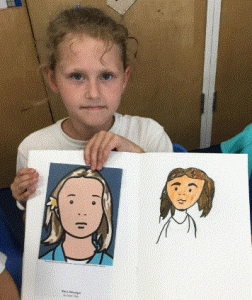
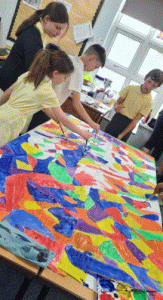
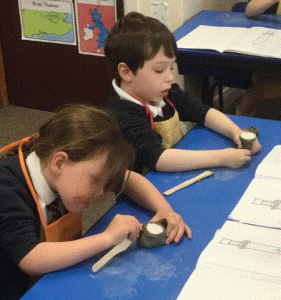

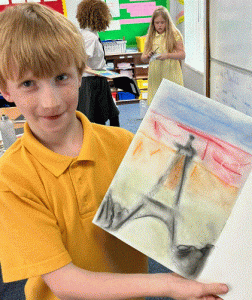
Adaptive teaching and Special Educational Needs (SEN)
Adaptive teaching strategies are used to ensure that all pupils can access learning and remain in the classroom as much as possible. Lessons are carefully planned and scaffolded to ensure that all pupils will be able to achieve the shared learning objective at their own level. Children with the greatest need, for example those with Special Educational Needs (SEN), will be given more in lesson support. This will include: more quality teaching and learning time with the class teacher; activities being broken down into smaller, more manageable steps; a higher level of personalised scaffolding in activities. It is our goal for all learners to be able to achieve the learning objective successfully in every lesson. Through adaptive teaching we aim to foster independence, resilience and self-confidence for every child.
